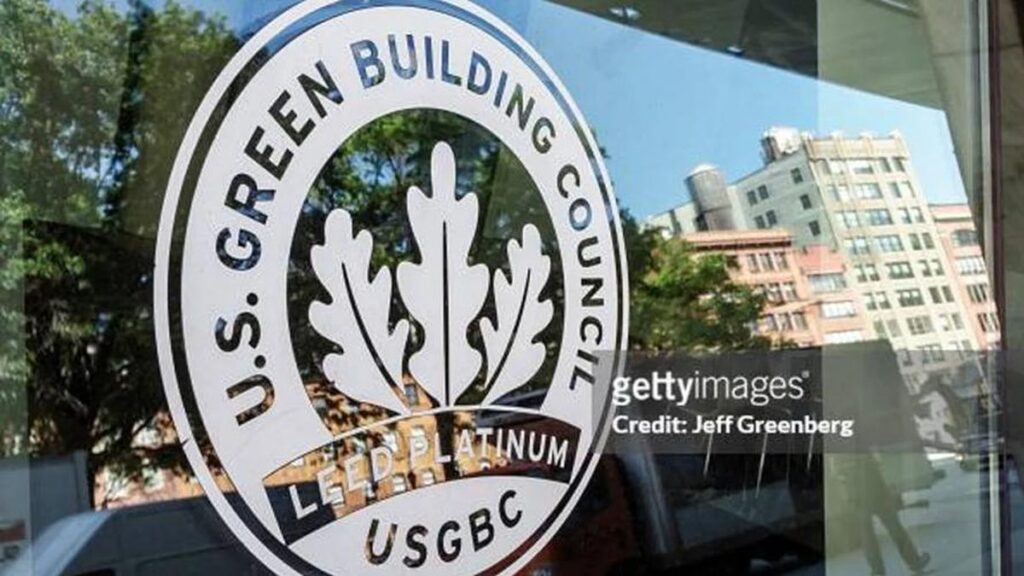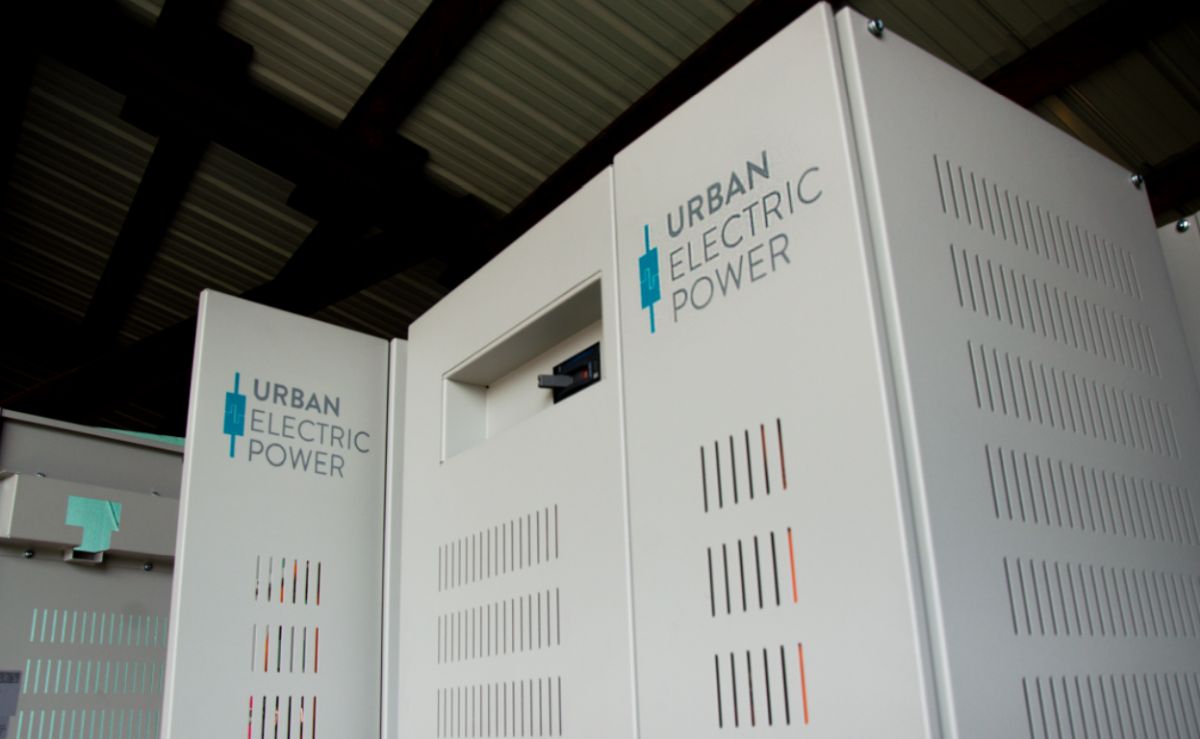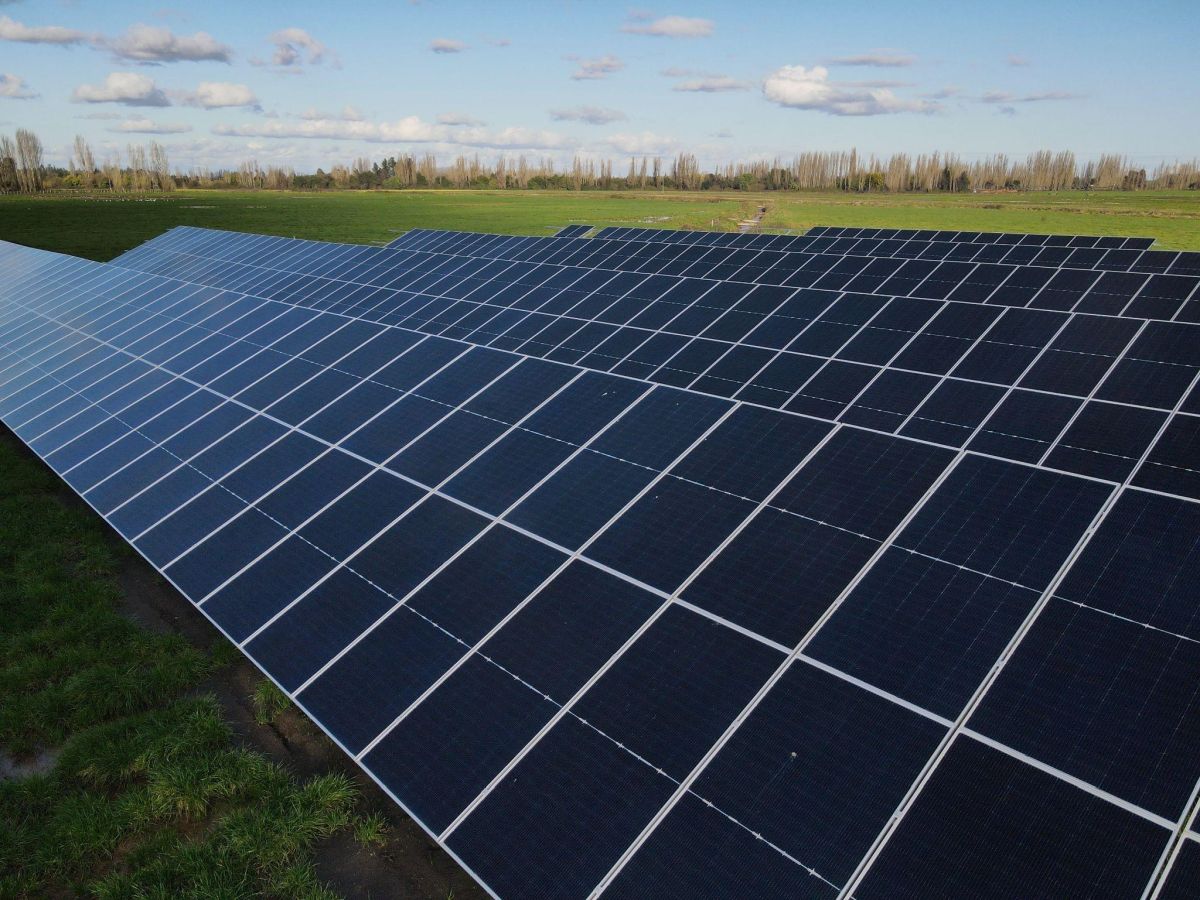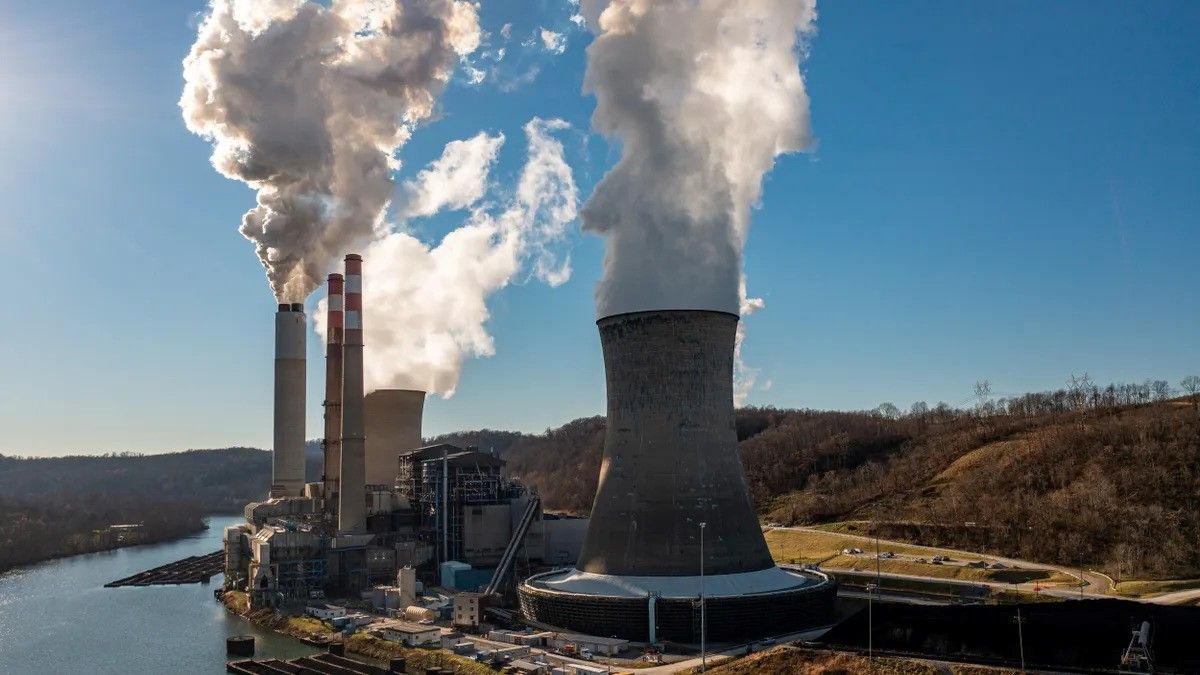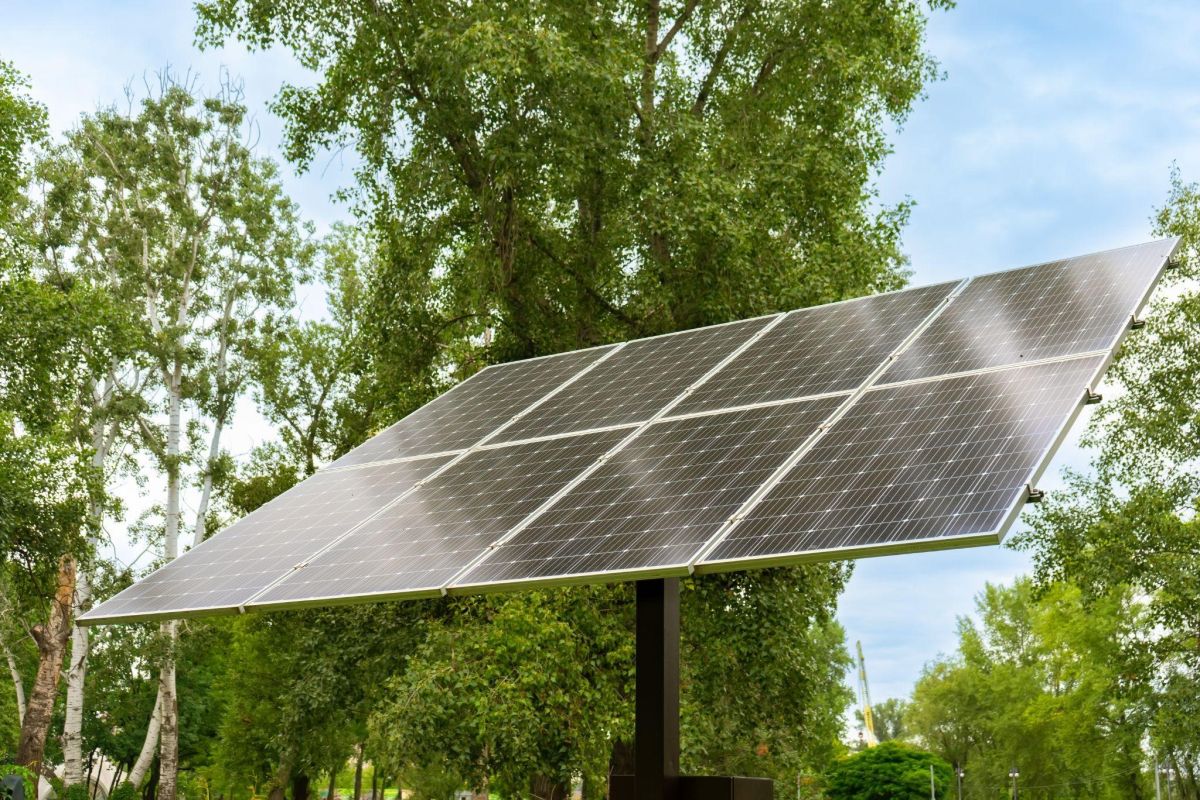WWW.UTILITYDIVE.COM
Other pathways like electrification, clean power and building grid integration can help building owners and operators cut emissions, according to the U.S. Green Building Council.
Owners and operators can slash building emissions more quickly through measures that transcend energy efficiency improvements, according to a U.S. Green Building Council paper on building decarbonization, released last month.
The plan points to other emissions-reduction pathways, like electrification, clean power, building grid integration and embodied carbon reduction.
“There are two big steps: First, electrify your building – stop burning fossil fuel on-site,” USGBC Principal Climate Advisor Laurie Kerr said in the report. “Second, buildings must reduce their peak heating and cooling loads, because that’s going to drive the size of the power grid.” These areas of emphasis align with the USGBC’s fifth iteration of its Leadership in Energy and Environmental Design, or LEED v5, rating system, for which it opened the first public comment period April 3.
LEED v5 prompts projects to curtail operational emissions from energy used to operate buildings; embodied carbon emissions from materials used for construction and renovation; waste generated while operating or renovating buildings; and emissions related to transportation to and from a building, the USGBC says. Strategies to do so, it says in the building decarbonization paper, include “more obvious and less obvious methods, from going all-electric for heating and cooling systems to disposing of refrigerants in old HVAC systems safely.”
LEED v5’s credits and prerequisites revolve around efforts that improve decarbonization, quality of life and ecological conservation and restoration, the USGBC said in a press release Wednesday. Fifty percent of points in the rating system would go toward decarbonization across building design and construction as well as operations and maintenance, Corey Enck, vice president of LEED technical development at the USGBC, said in an interview.
Additional prerequisites for existing buildings include reviewing water consumption data, monitoring water quality and performance, and identifying methods to reduce water consumption, alongside an assessment of major impacts on occupant health related to the indoor environment, according to a building operations and maintenance guide to LEED v5 released last week for the first public comment period.
The LEED team has also added credits for electrification, peak thermal load reduction, renewable energy and refrigerant emissions reduction efforts, Enck said. The USGBC “moved most of the points from energy efficiency credits and distributed those points to these other pathways for decarbonization” in the latest iteration, he added.
A draft of the LEED v5 building design and construction guide released for the first public comment period requires that project developers assess the building’s climate resilience and social equity and develop a projected 25-year carbon assessment. Projects like data centers and warehouses can earn up to six points for accreditation by ensuring proximity to transportation resources like airports and highways and selecting a site where at least 25% of the project borders on previously developed parcels
Budget-constrained facilities managers who are tasked with reducing emissions from buildings and equipment must plan ahead and consider corporate climate commitments, tenant expectations and building performance standards, said USGBC’s Senior Policy Counsel Liz Beardsley. With decarbonization pressures mounting from tenants and other stakeholders, facilities managers would be best placed to “get a handle on where they are right now,” develop a plan “for how they would work toward decarbonization over a number of years, and then start to chip away at it and communicate what they’re doing to their stakeholders,” she said.
For Maria Vargas, director of the Better Buildings initiative at the U.S. Department of Energy, a people-centric approach to designing, renovating and managing buildings would help existing buildings meet LEED v5’s operations and maintenance prerequisites. “A building is not just a building. It’s really to sell a product or house sick people or teach children, so buildings have end users,” she told Facilities Dive. Thus, a focus on occupants’ needs and well-being is crucial for creating effective and sustainable spaces, she said.
For CBRE’s Global Chief Economist and Head of Global Research, Richard Barkham, however, energy efficiency is a step many buildings can start with. These include simple practices like “being very rigorous about putting the lights out at the end of the day,” Barkham said, “but many buildings don’t even do that.”
The first public comment period for LEED v5 is open through May 20. Final versions of LEED v5 are slated for release in early 2025.
Correction: A previous version of this article erred in describing the U.S. Green Building Council’s paper on building decarbonization. We have corrected the references to the paper. We have also clarified that a quote about strategies for reducing emissions is from that paper.









